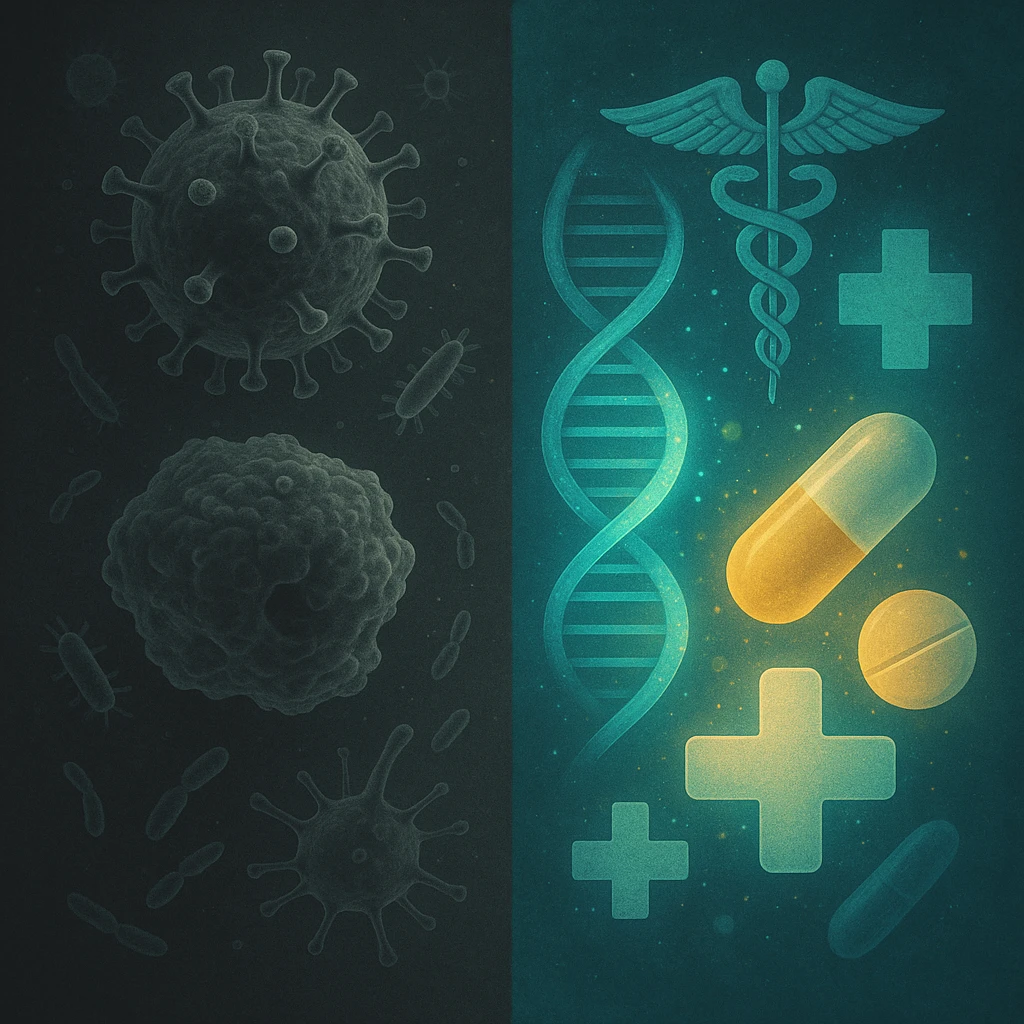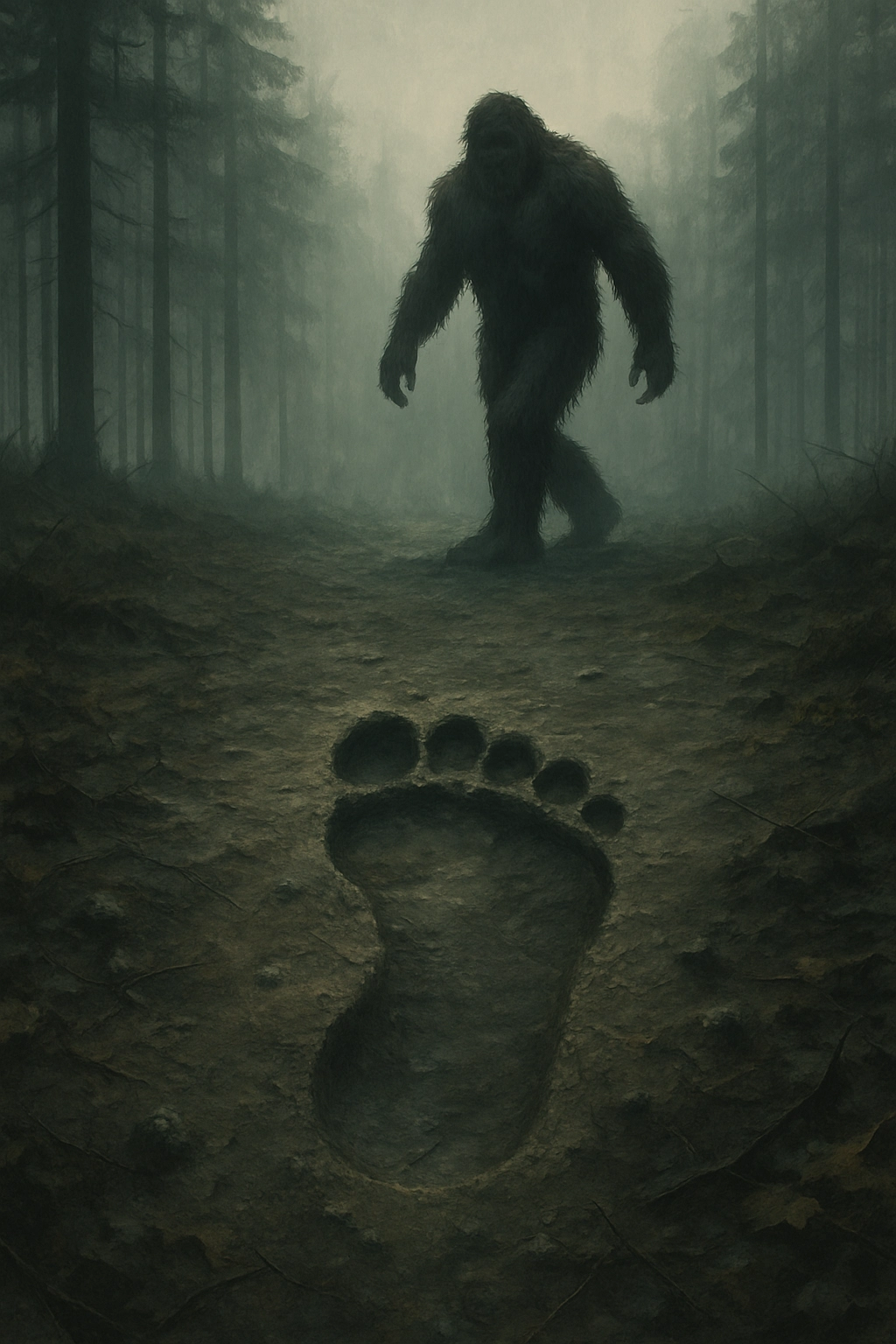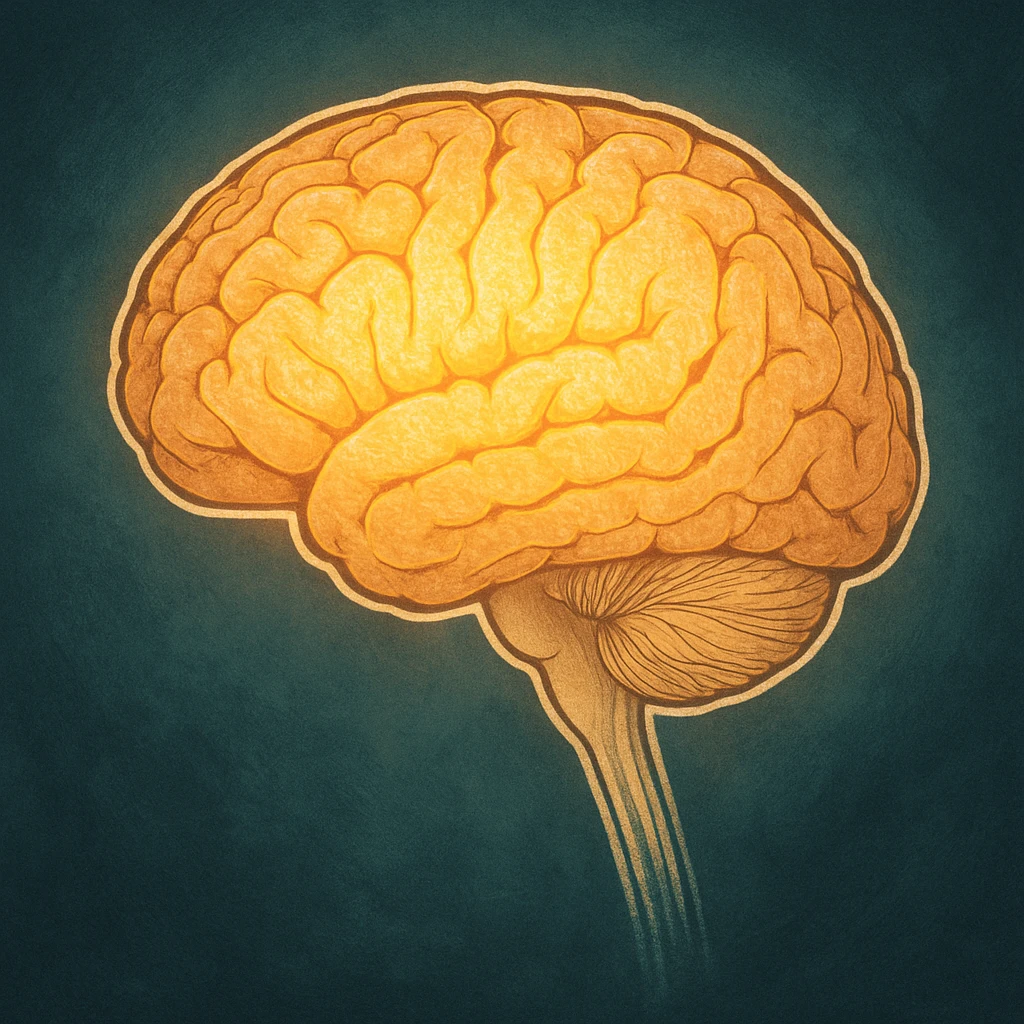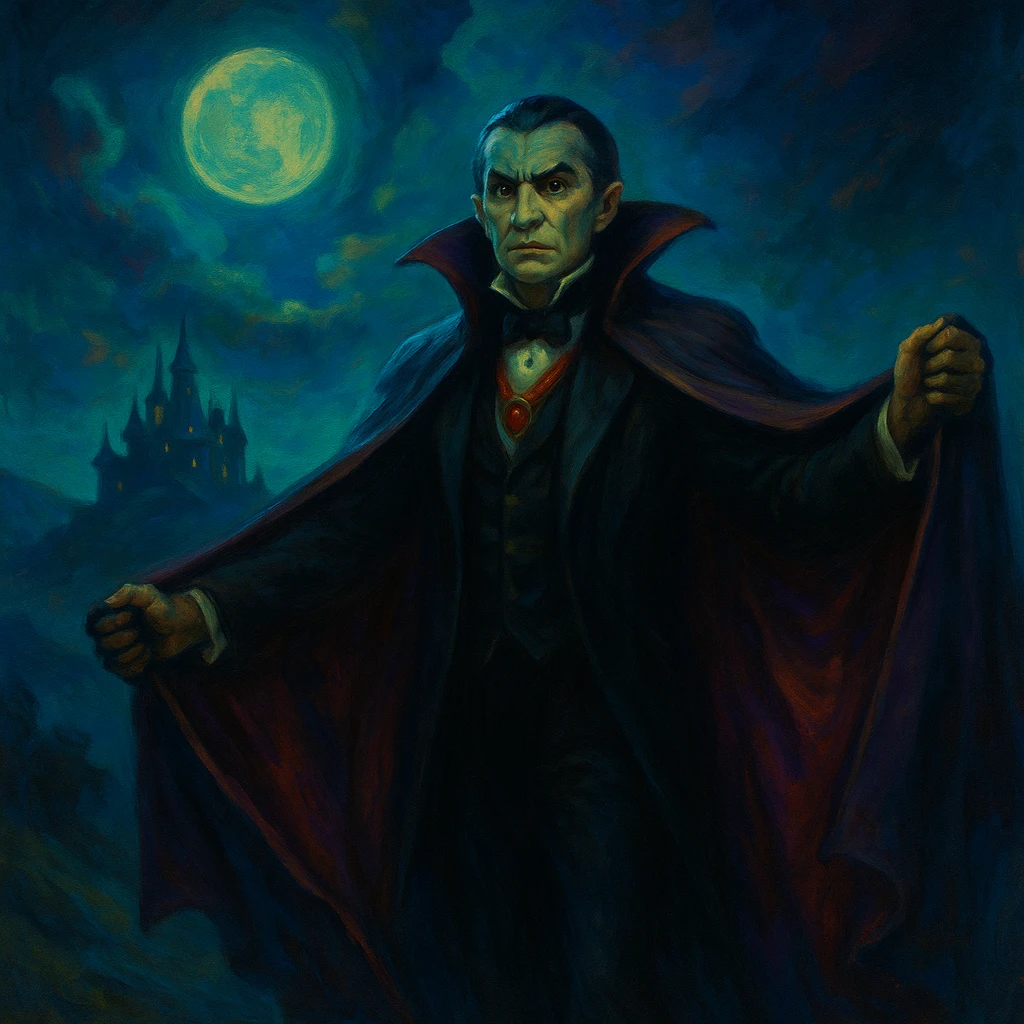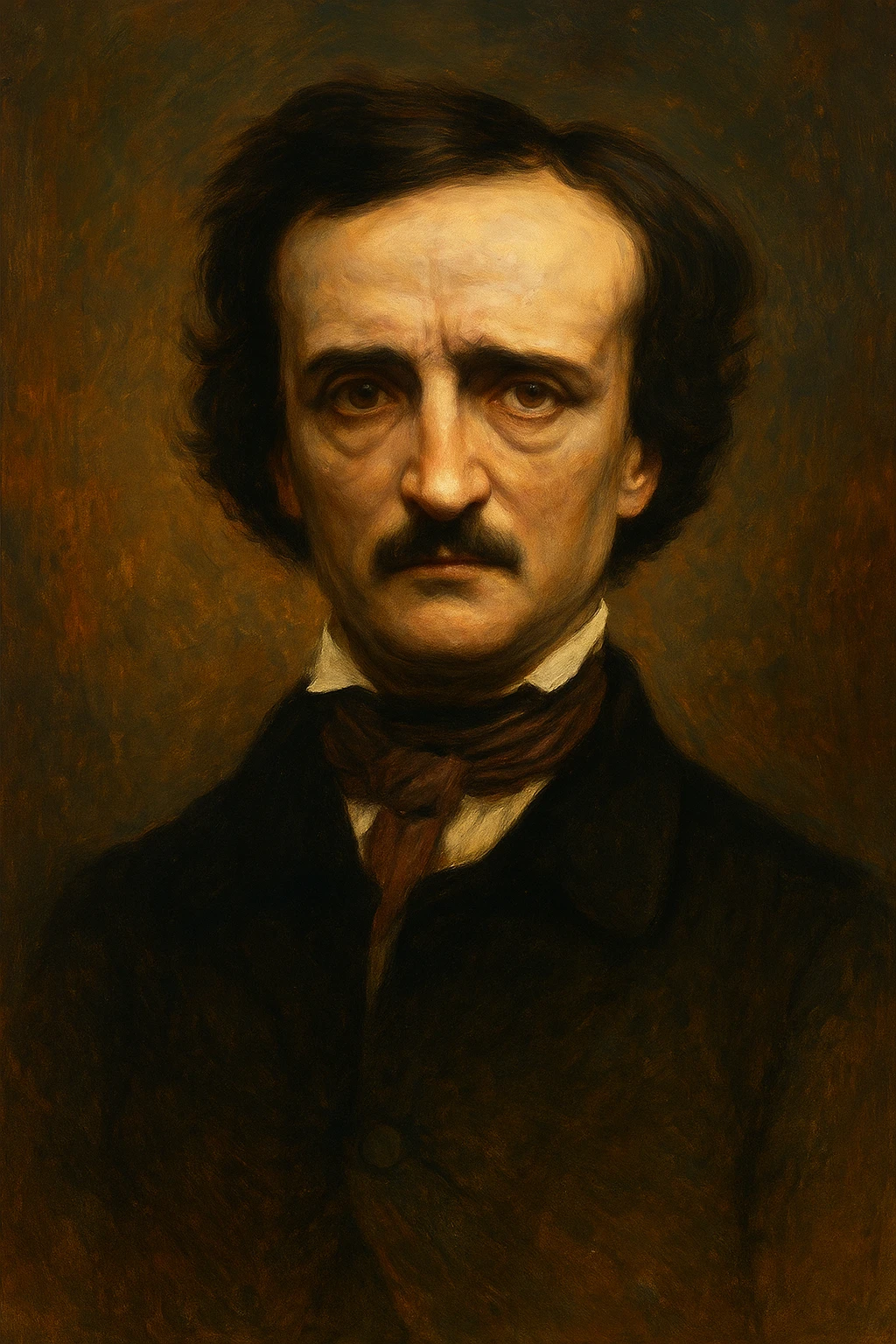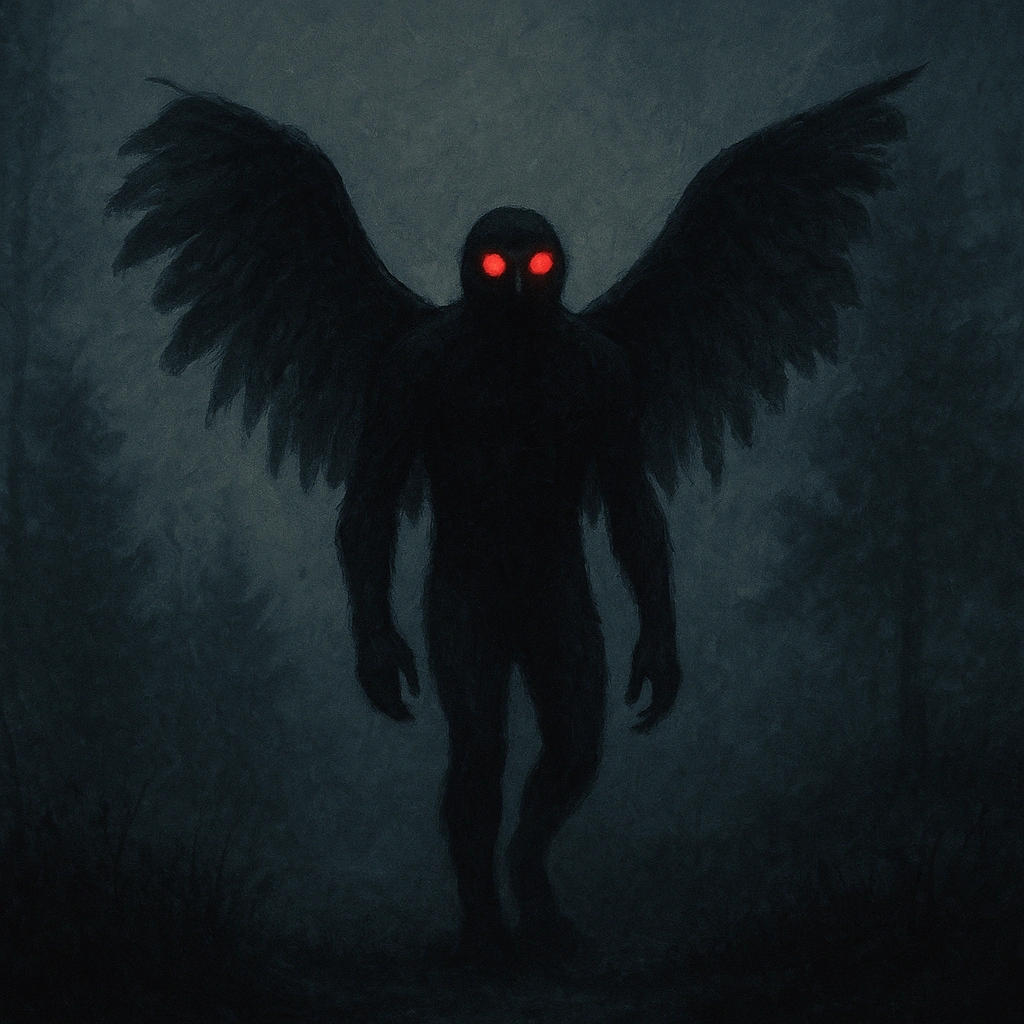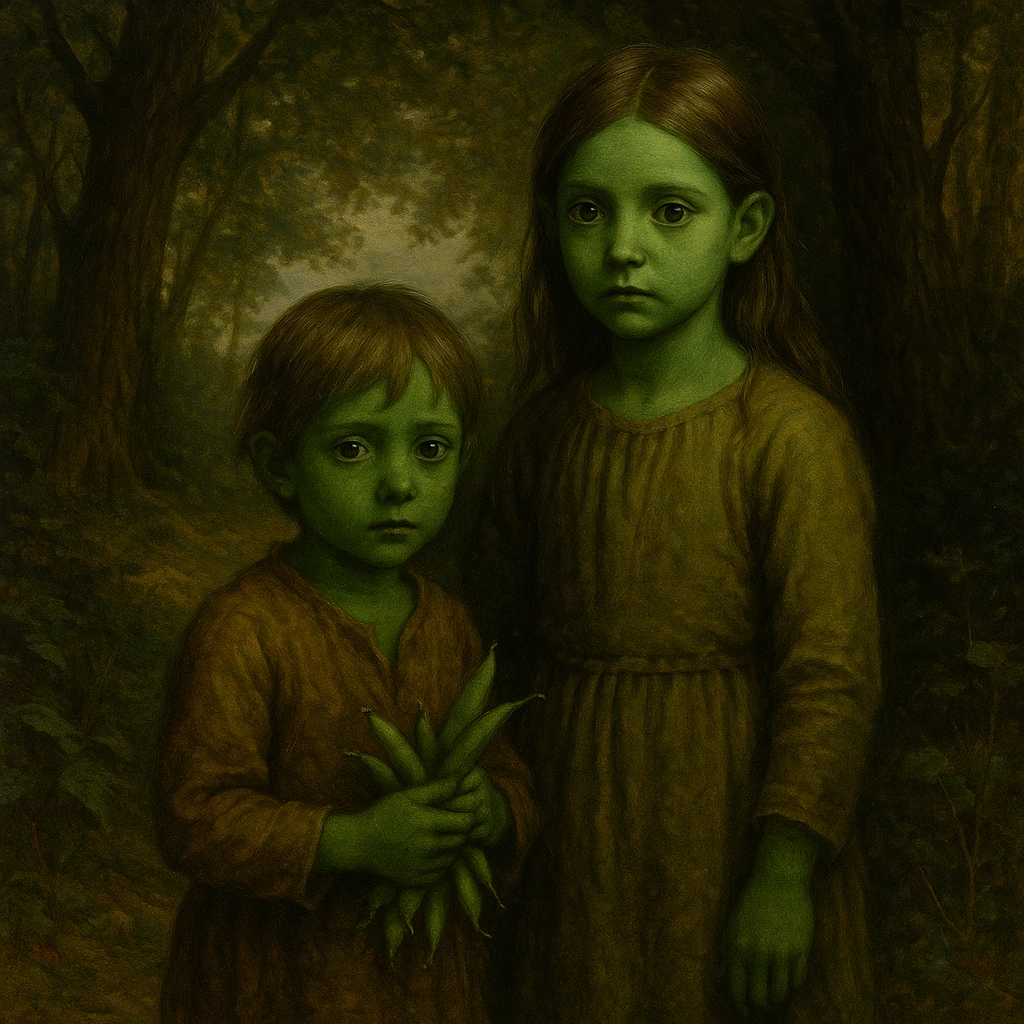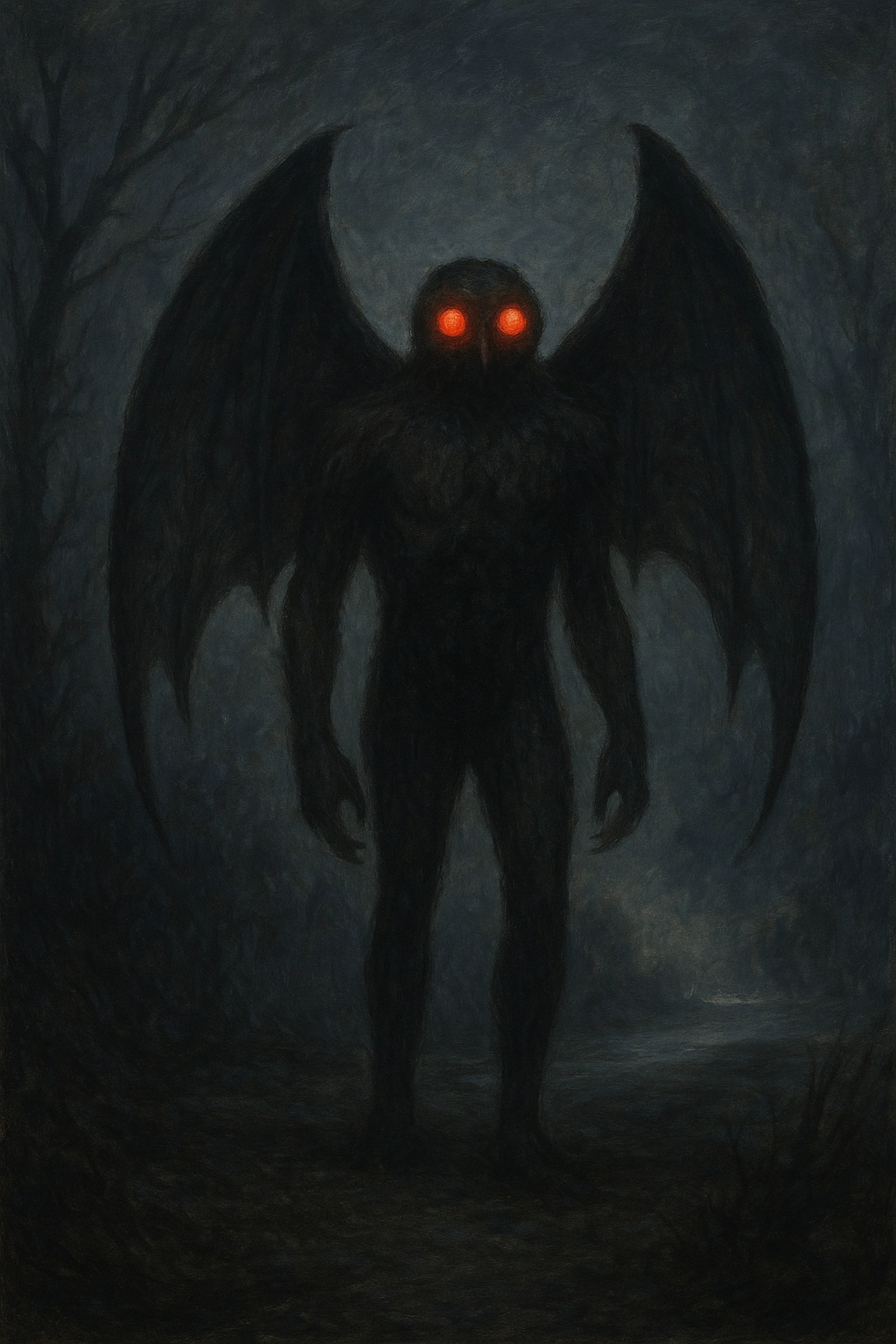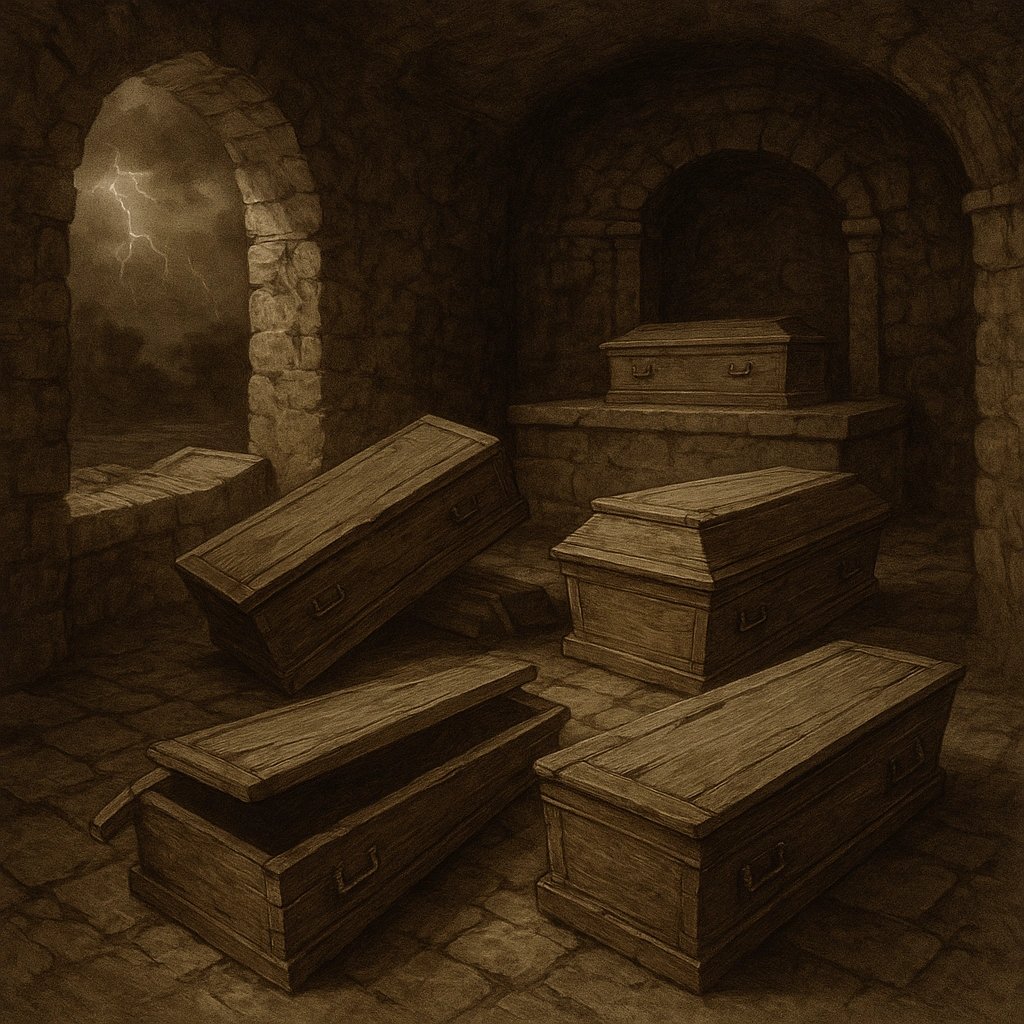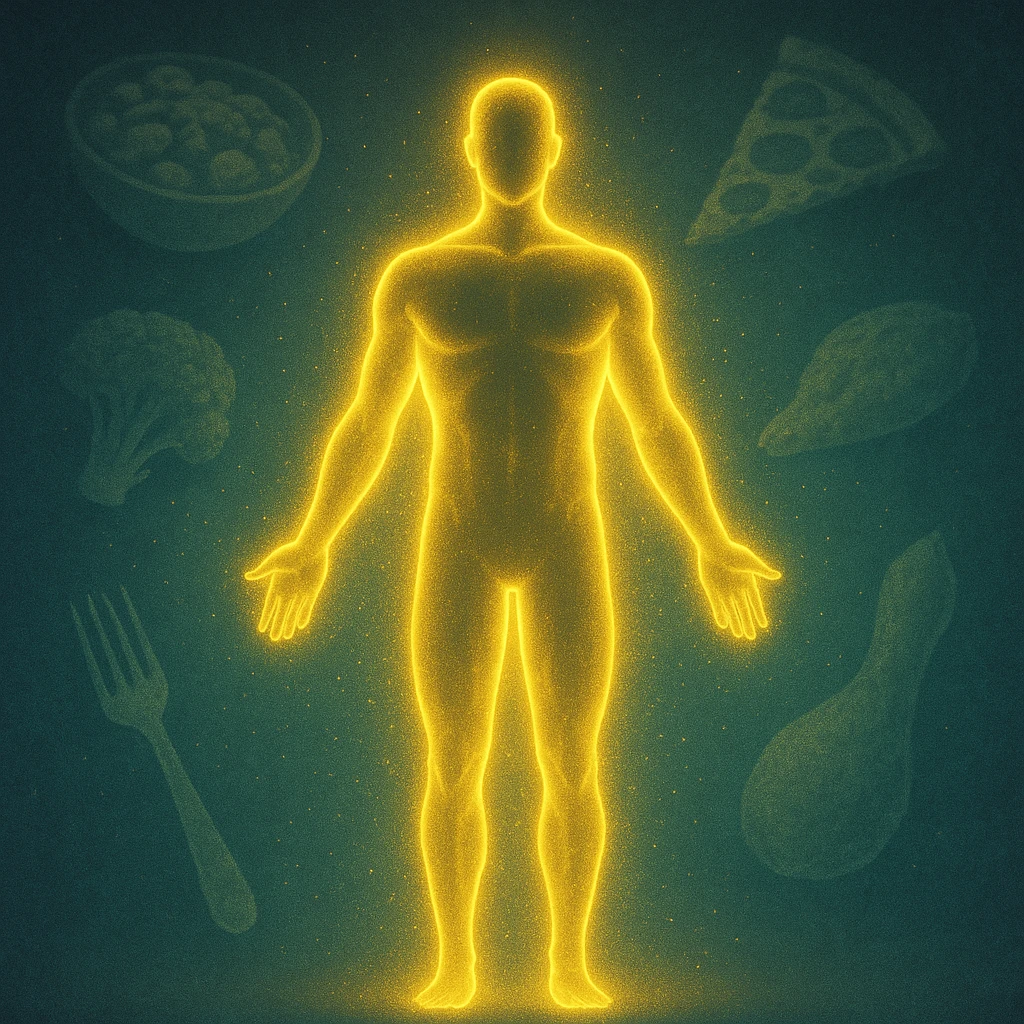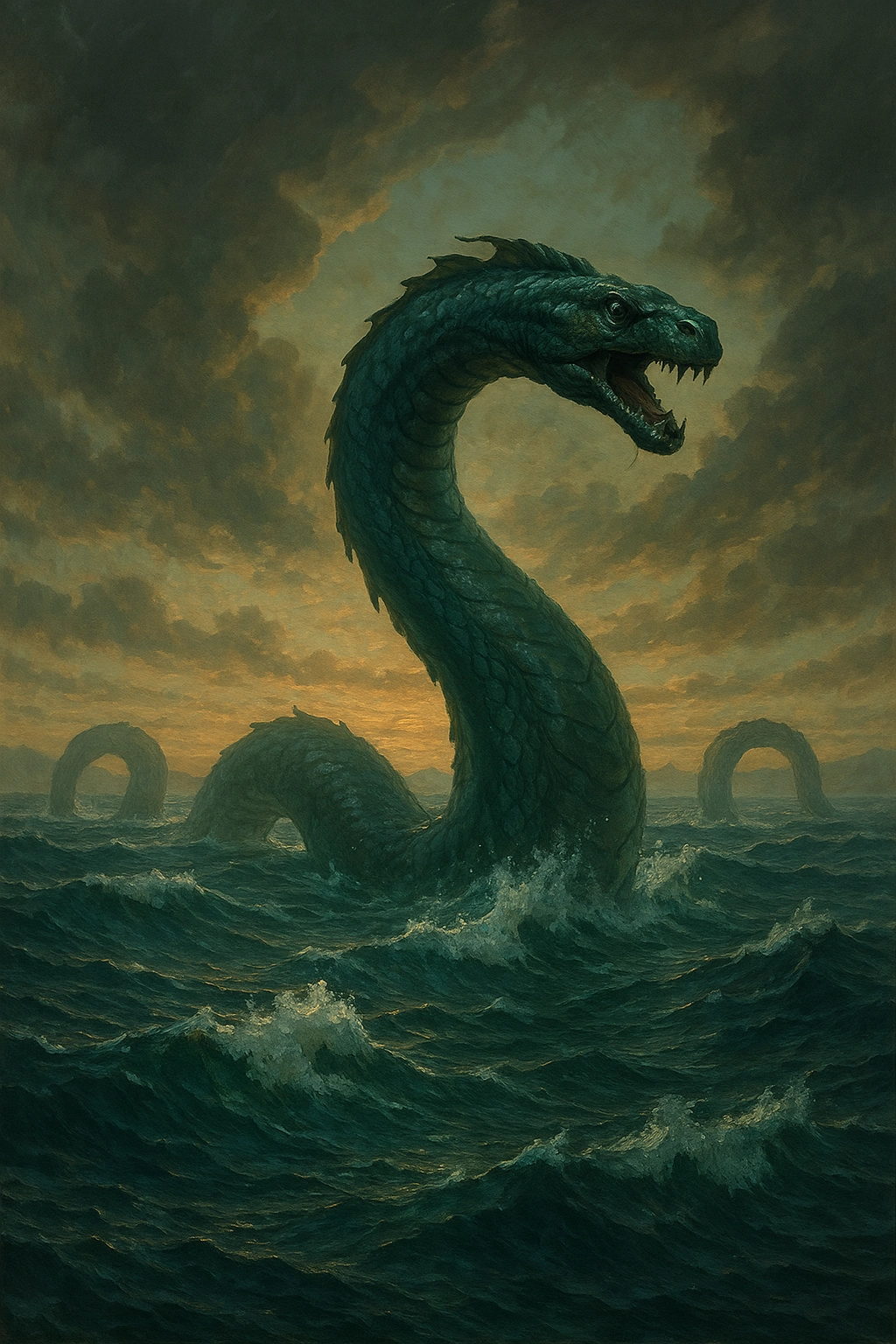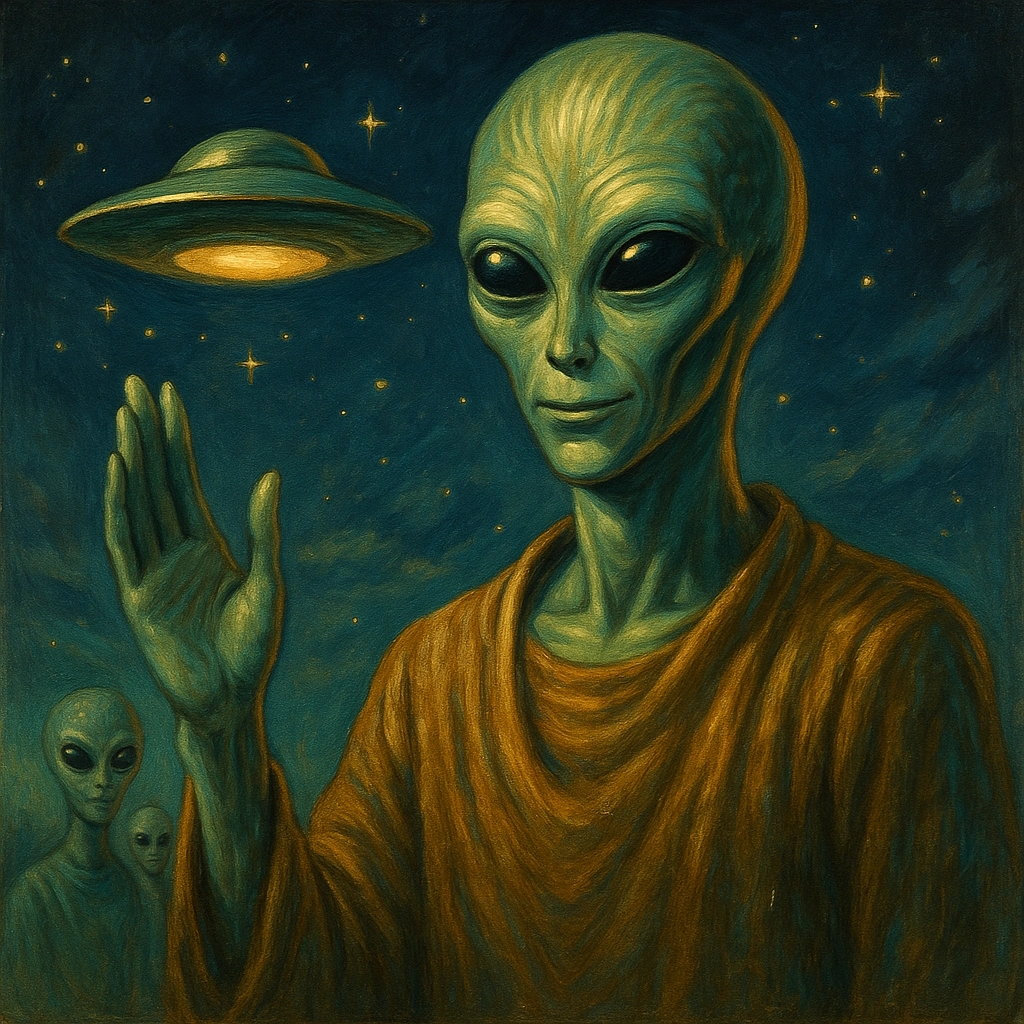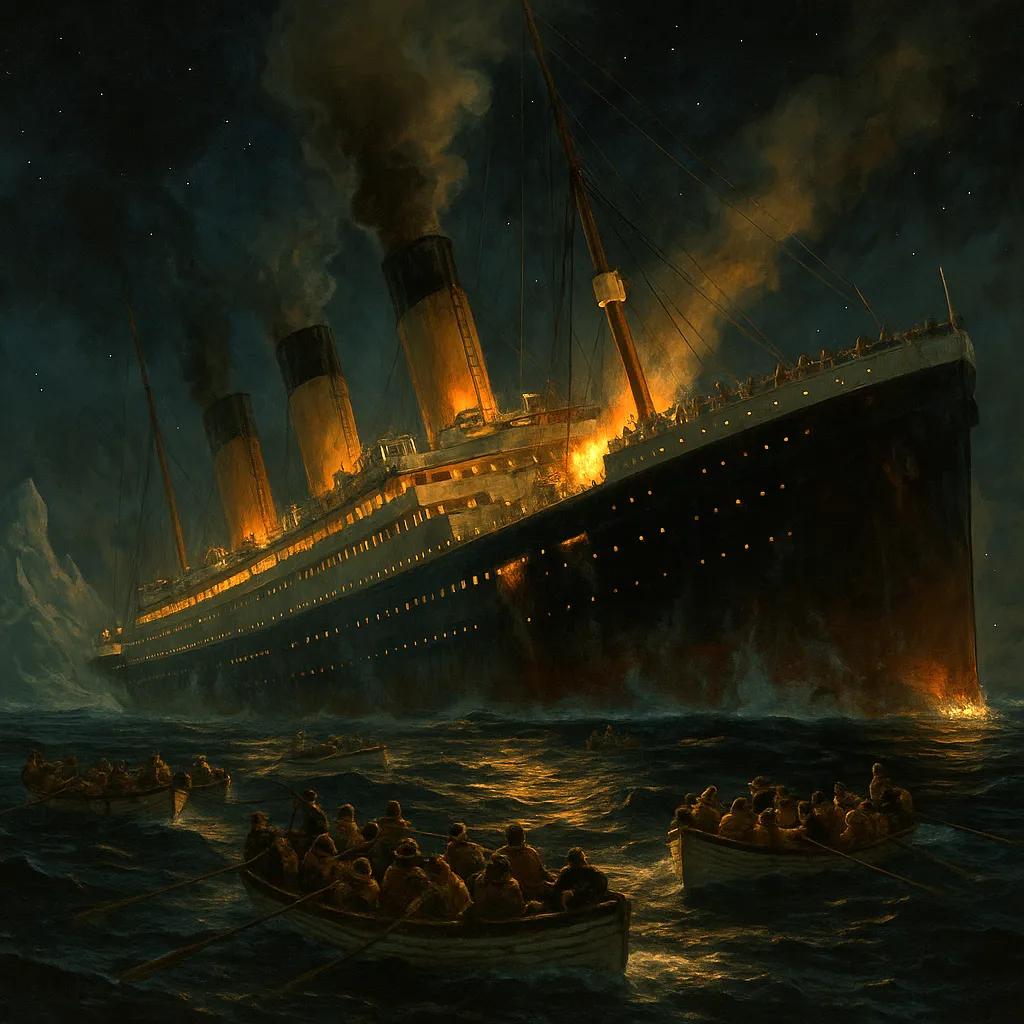Strange Diseases and Unusual Illness Facts
Acne
Ninety percent of all teenagers suffer from some form of acne.Arthritis
A woman's arthritic pains will almost always disappear as soon as she becomes pregnant. No one knows why.Bubonic Plague
This disease, also known as the Black Death, is one of the most notorious in history, and it's found in almost every history textbook. The reason why this plague is so infamous is that it killed almost half of Europe's population in the span of only four years. Between 1347 to 1351, 30-60% of Europe's 450 million people died from this disease. It was probably caused by fleas carried by rodents which came to Europe from Asia via the Silk Road. The plague caused massive religious and political upheavals throughout Europe. There are small pockets of the disease at times to this day in some isolated areas in Eastern Hemisphere.Bulimia
There is a strange and terrible disease known as bulimia in which the victim develops a ravenous, insatiable appetite. A woman observed in St. Bartholomew's Hospital in nineteenth-century London is recorded to have consumed three loaves of bread every day, along with three pounds of steak, large quantities of vegetables, a pound of cereal, and twenty glasses of water. An American doctor named Smith, reporting in the Medical and Surgical Reporter in Philadelphia, mentioned an even stranger case, that of a boy who ate continuously for fifteen hours every day and who had eight or nine bowel movements each evening. In one year this boy's weight increased from 105 to 284 pounds, and it was steadily increasing by about a half-pound a day. Despite his prodigious intake of food, the boy constantly complained of hunger. Another unpleasant ailment akin to this one is polydipsia, or constant thirst. Medical records mention a three-year-old child who drank two pailfuls of water every day. Sir M. MacKenzie, a British doctor, cited the case of a woman who drank four pailfuls of water a day and who once, appearing before a scientific commission, drank 14 quarts of water in ten hours, passed 10 quarts of urine, and continued to complain of thirst.Cancer
A study at the Harvard School of Public Health revealed that women who drink one or more cups of coffee a day are two and a half times more likely to get bladder cancer than women who drink no coffee.
The chances of an American woman getting breast cancer depend on a number of variables. For a woman whose sister, mother, or daughter has developed cancer in both breasts the chances are five to three against. However, if one of these relatives developed cancer before reaching menopause the odds are fifty-fifty. Women with the lowest chances of getting breast cancer are those whose ovaries have been removed before the age of thirty-five. Chances are almost as good for a woman who has had a child before the age of eighteen.Cholera
This disease was discovered in the 19th Century in India but quickly started spreading throughout the world. It's caused and spread by the contamination of water and food. Violent vomiting, dehydration, and cramping are a few of the symptoms of the disease. If the victim doesn't get enough water, it can even lead to death. Each year, over one hundred thousand people are killed by cholera, and almost five million people are diagnosed. The most recent record of a cholera outbreak was in 2010, in Haiti. The disease killed seven thousand people, and it's still being fought.Colds
Teenagers are 50 percent more susceptible to colds than people over fifty.Crib Death
Every year some 10,000 infants in the United States die from a mysterious ailment known as Sudden Infant Death Syndrome (SIDS), or Crib Death. Most of these children have been put to bed hours before their death, seemingly in perfect health. All die without a trace of struggle. As yet no one has been able to explain the cause of these deaths.Diabetes
Diabetes was the third leading cause of death by disease in America. It has increased 50 percent since 1965, and today affects at least 15 million people.Fever
In 1971, at Memorial Hospital in New York City, a woman weighing less than 100 pounds ran a fever of 114 degrees and survived without brain damage or physiological after effects.Hemorrhoids
Two out of three adults in America have hemorrhoids.Hypertension
The rate of hypertension is twice as high among blacks as whites in the United States; the rate among men living in Vermont is also twice the national average. Women of all races are afflicted far less than men.Hypertrophy
A condition known as hypertrophy of the tongue can sometimes reach such extremes that the tongue becomes too large for the mouth and protrudes over the chin, reaching down as far as the chest. This extraordinary enlargement may cause deformity of the teeth and jaw, and may even cause the sufferer to choke on his or her own tongue.Influenza
In 1918 and 1919 a world epidemic of simple Influenza killed 20 million people in the United States and Europe.Justinian Plague
Ultimately claiming the lives of over 25 million people in 541 A.D., this plague is named after the ruling Roman Emperor of the time, and he himself contracted the disease. It's known as one of the greatest disasters in the history of the Roman Empire. The plague probably began with rats traveling via boats to the Eastern Roman Empire from Egypt. It killed over 25% of all people who lived on the eastern side of the Mediterranean.Leprosy
Men are twice as likely to contract leprosy as women.Low Disease Rate
Medical studies show that members of the Seventh-Day Adventist church, even those living in heavily polluted areas, have 1,000 percent less lung cancer than members of the general population. Moreover, Seventh-Day Adventists have appreciably lower rates of other cancers and of respiratory diseases, 40 percent less coronary trouble, and scarcely a quarter the amount of tooth decay found in the general population.Malaria
This disease is one of the earliest ever recorded. The first record of it dates back over four thousand years. Caused by mosquito bite, today half a billion people are diagnosed with it annually. Most of the cases are in Africa. Fortunately, not as many people are killed by this disease today. But during World War II, over one hundred thousand U.S. troops were killed by malaria, which shows the devastating nature of this disease.Mesothelioma
The symptoms of the rare form of cancer, mesothelioma-usually caused by exposure to asbestos-take 20-50 years to appear, meaning many compensation claims may arise as cases surface. Another unsettling fact: many of the 24,000 schools in the U.K still contain deadly asbestos, posing unknown risks to students and teachers.Micro-organisms
One cannot catch a cold at the North Pole in winter. Neither can one contract influenza or most ailments spread by viruses and germs. The extreme cold prevents these micro-organisms from surviving.
Neuritis
Neuritis and neuralgia are not diseases but nerve pains related to underlying conditions. Neuralgia causes sharp, paroxysmal pain, while neuritis presents as constant, dull aching.Physical Disorders
A collection of unusual physical disorders:Arriazia-the absence of breasts;
Athetosis-involuntary finger/toe movements;
Contagious follicular keratosis-body covered in hard yellow spines;
Diphallic terata-presence of more than one penis;
Harlequin fetus-newborn covered in thick epidermic plates;
Mercyism-need to regurgitate and re-eat meals;
Naevus pilosus-hairy birthmarks;
Plica polonica-spongy black skin and nails;
Polyorchidism-more than two testicles;
Saltatoric spasm-uncontrolled springing leaps;
Xeroderma pigmentosum-yellow wart-like skin scales.
Smallpox
This epidemic traveled from Europe to North America in 1633, killing over 70% of Native American tribes along the east coast.Spanish flu
Beginning in Kansas in 1918, this pandemic claimed around fifty million lives, including many WWI soldiers, before ending in 1920.Tapeworms
Human tapeworms can grow up to 22.9 meters.Tuberculosis
First recorded in Ancient Egypt, TB remains a major killer today, claiming almost two million lives annually.Venereal Disease
Each year more than 300,000 American teenagers become afflicted with some form of venereal disease.



